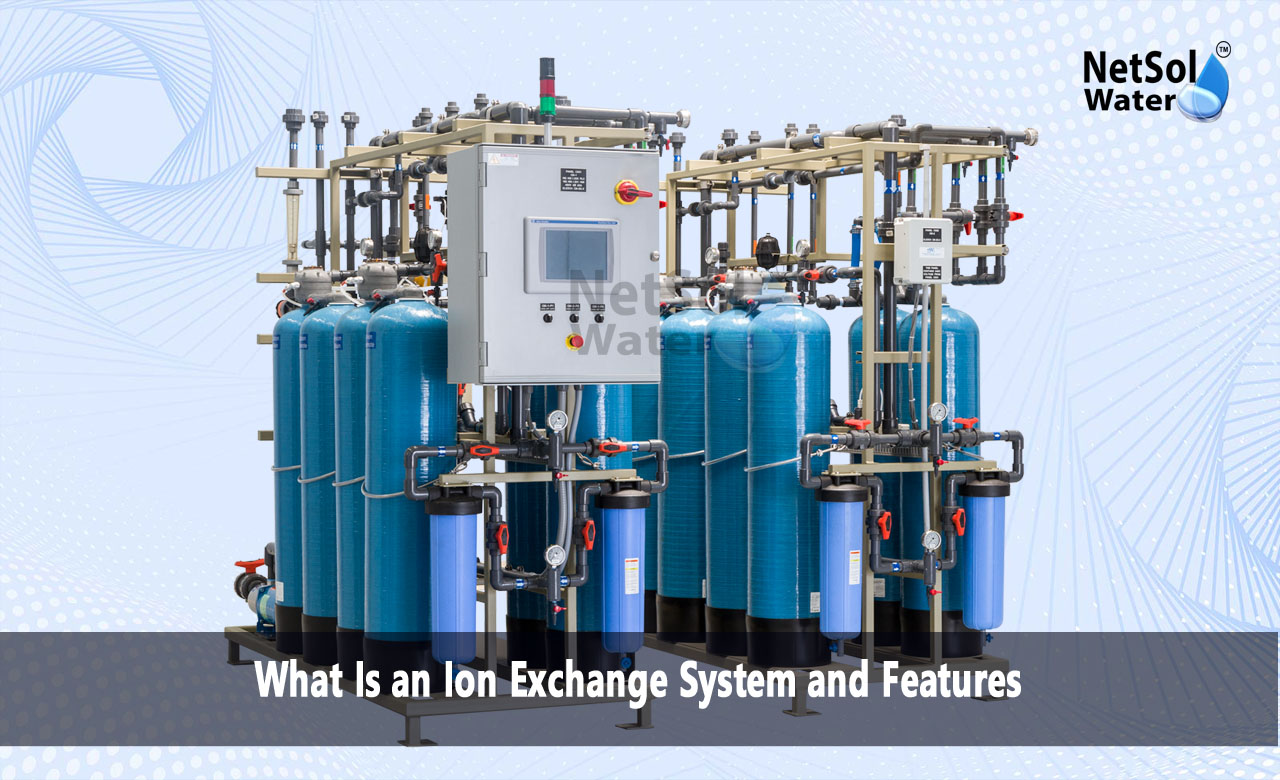What Is an Ion Exchange System and Features?
An ion exchange system offers a simple way to improve water quality. It removes unwanted minerals and contaminants by swapping them with harmless ions. Many communities face challenges with hard water that damages pipes and appliances. Industries also struggle with heavy metals that pose health and environmental risks. An ion exchange system delivers a reliable path to clean water for homes and factories. It can extend the life of equipment and protect people from harmful elements.
What Is an Ion Exchange System?
Understanding this system lays the foundation for all uses. It relies on a resin that attracts charged particles and swaps them with others. This swap happens inside a special vessel. When water flows through it the resin beads capture unwanted ions and release safe ones in return. After some time the beads fill up and need a rinse to get back to work. This rinse phase restores their capacity so the cycle can start again.
Let us have a look on some key features
Ion Exchange Resin
This resin acts like a magnet for ions. It holds them firmly until a regeneration step frees them. The beads come in different types to target specific contaminants.
Cation versus Anion Exchange
A system may focus on positive ions or negative ions. Cation exchangers swap hard water minerals. Anion exchangers remove elements like nitrate. Some setups combine both to reach pure levels.
Regeneration Process
Once the resin fills up it needs a wash with a solution. That flush restores its power to swap again. Operators monitor the cycle so it runs without interruption.
Usage in Water Purification
Clean water begins with removing minerals and metals. An Ion Exchange System can soften hard water and protect plumbing. It also clears metal traces that harm health. This method fits homes hospitals and factories alike.Let us have a look on some applications
Softening Hard Water
Hard water leaves scale on fixtures and pipes. It also reduces the lifespan of heaters. A softening unit replaces calcium and magnesium with sodium or potassium. This change keeps water gentle on surfaces and gear.
Removing Heavy Metals
Industries may release lead or copper into water streams. An ion exchange step captures these ions before they reach taps. This measure safeguards workers and residents from metal toxicity.
Demineralization
Some processes need water with almost no minerals. Pharmacies and labs demand this purity. A dual exchanger first removes positive ions then clears out negatives. The result meets strict quality standards.
Usage in Wastewater Recycling
Recycling water cuts waste and lowers fresh water demand. An ion exchange system can polish treated effluent and make it fit for reuse. Farms factories and communities can adopt this route to save resources.
Let us have a look on some benefits
Industrial Effluent Treatment
Factories produce tinted or mineral heavy wastewater. Adding an ion exchange stage finalizes the cleanup. That allows reuse of water in cooling or cleaning tasks.
Nutrient Recovery
Certain exchangers can capture ions like ammonium or phosphate. Companies can then harvest these elements for fertilizer. This step turns waste into a useful product.
Water Reuse for Irrigation
Treated water can nourish crops if it meets safety rules. An ion exchange polish removes remaining salts that harm plants. Farms gain a new source of irrigation without tapping fresh supplies.
Conclusion
Understanding Ion Exchange System opens the door to better water use and reuse. This method links clear water to lower waste in homes and industries. It stands as a proven tool for both purification and recycling. If you seek cleaner water or wish to plan a recycling setup we can help. Get in touch today for more information or to request a consultation.
Contact Netsol Water at:
Phone: +91-9650608473, Email: enquiry@netsolwater.com



